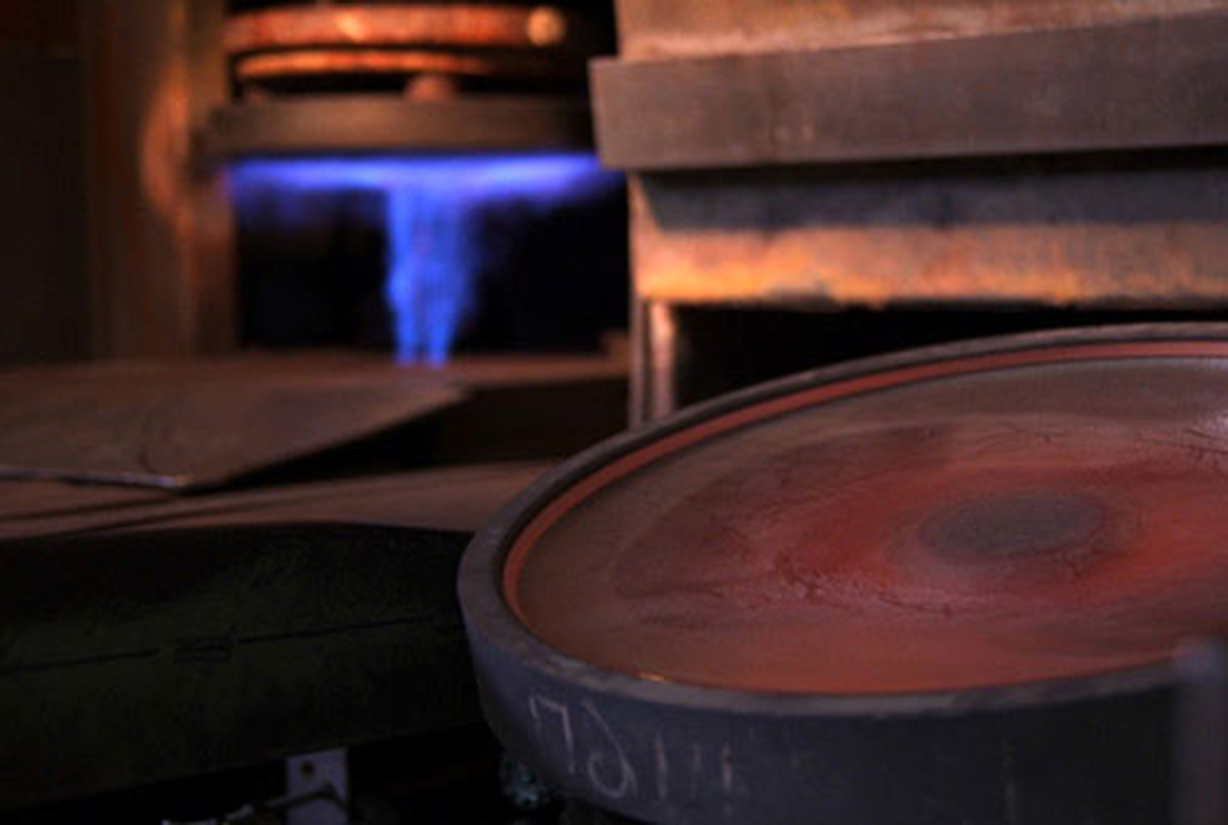At United Lens Company, we are proud to offer consumers our unparalleled hand-molding services. Our experienced molders are dedicated to ensuring that customers receive only the finest industry-compliant glass molds available.
The optical industry calls for intricate and specific requirements, ranging from complexly made compact specs to quick, convenient shipping and delivery. As the world’s oldest converter of raw optical glass and the only vertically integrated company in the industry, ULC offers unparalleled expertise and experience in the custom hand molding process.
One of the greatest benefits molding offers is material utilization. The molding process reshapes and modifies materials to the exact form desired by consumers. Because molding produces very little waste, it provides an exemplary material yield from standard strip. Instead of wasting time and material cutting flat pieces of strip, ULC can mold parts with curves already in place, allowing for an efficient finish.
ULC can also mold flat parts into curved parts for better material utilization. By adding a curve, we make the piece lighter and speed up the grinding process by reducing the amount of material needed to be ground off. The molded curve brings the part closer to the shape of the finished piece.
A molded blank is a blank that is near net shape, achieved through a heating and forming process applied to a canvas of raw glass. The initial step in our molding process is to select and cut raw strip material with a weight matching that of the desired final product. Next, we place the glass squares in a furnace and heat them until they’ve become softened, at which point we put them in a mold.
The mold of glass is then pressed into the desired shape with a pneumatic punch. The last step in the process is known as “annealing,” which is critical to lens durability. The process eliminates strains and maximizes the refractive index. Without fine annealing, a lens could shatter from the slightest temperature change. Blanks are then sold direct to consumer or ground, polished, and coated on site for distribution.
The shapes used in our molding process include rounds, rectangles, squares, prisms and balls, as well as other more obscure shapes. Average lead times range from three to ten weeks, utilizing ULC tools that are all made in-house. Tolerances vary, depending on thickness, size, and configuration.
Visit our photo gallery for a detailed in-depth look at our molding process.
For more information about our state-of-the-art hand molding process, and how it may be applicable to your next project, please contact us today.

